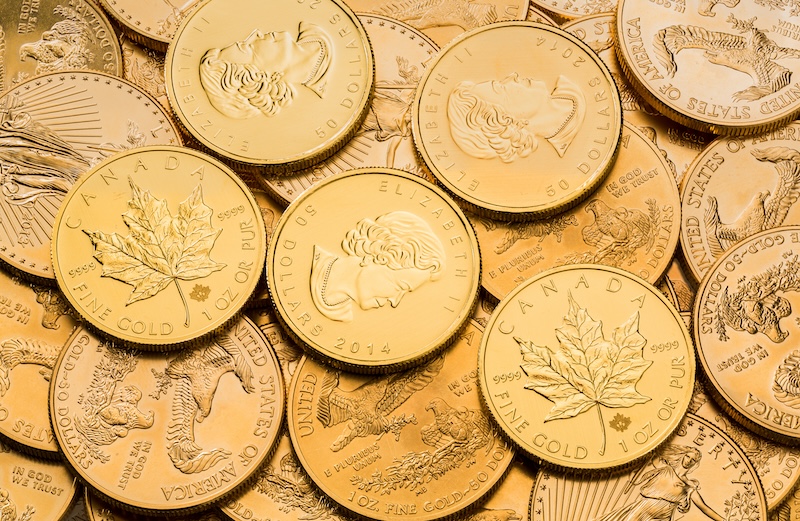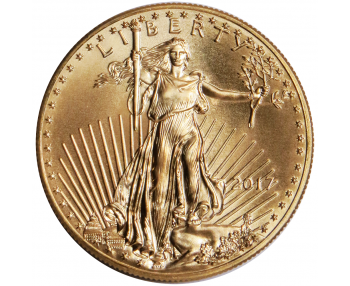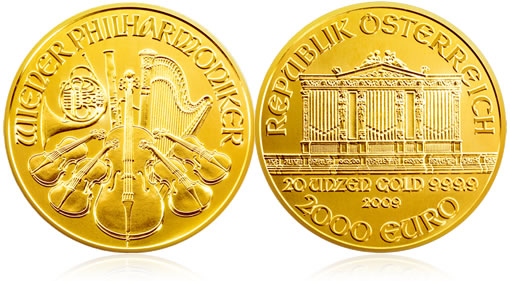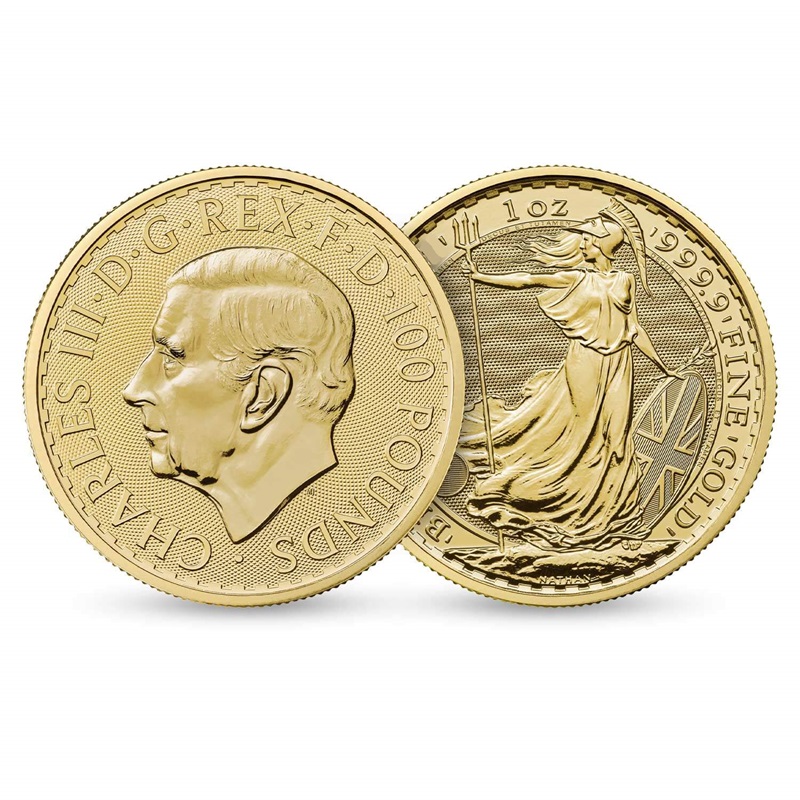Gold bullion coins have stood the test of time as a reliable asset. They offer stability and protection that paper assets cannot match, especially during economic downturns. In this post, we’ll explore how gold performed during the 2008-2012 financial crisis and why it is crucial to hold now.
The Role of Investment-Grade Gold Bullion Coins
While traditional assets like stocks and real estate have their place, gold bullion’s unique characteristics make it an irreplaceable component of a balanced portfolio.

While stocks and equities may offer returns in bullish markets, gold’s primary role is wealth preservation. Gold bullion coins provide a “safe harbor” quality and are universally recognized as a highly liquid physical asset with intrinsic value.
Historically, gold’s price tends to rise when inflation increases, preserving purchasing power when paper currency depreciates. It is used as a “hedge against inflation.”
Throughout history, gold has consistently held its value across generations and regardless of other investments.
Gold’s Performance During the 2008-2012 Financial Crisis
The 2008 financial crisis and subsequent recession are a powerful example of gold’s resilience. As stock markets plummeted and banks faced closures, gold proved to be one of the few assets that offered a haven.
The crisis saw a surge in demand for gold bullion coins, particularly those from trusted mints such as the U.S. Mint’s American Gold Eagle, the Canadian Maple Leaf, and the South African Krugerrand. Investors and central banks increased their gold holdings to protect against further economic deterioration and currency devaluation.
Gold prices began rising in 2007, with momentum accelerating during the height of the financial crisis in 2008. Gold hit record highs from around $650 per ounce in early 2007, surpassing $1,900 per ounce by September 2011.
While other assets took years to recover, gold’s value remained elevated well into the years following the crisis.
Choosing the Right Gold Coins
When investing in gold, it is crucial to choose reputable, recognized bullion coins. Coins such as the American Gold Eagle, Canadian Gold Maple Leaf, and South African Krugerrand are popular because of their purity, quality, and widespread acceptance.
American Gold Eagles

American Gold Eagles comprise 91.67% pure gold (22-karat gold), with the remaining alloy of silver and copper to add durability. While the gold content is measured in ounces, due to this alloy, the coin weighs slightly more than its stated gold content.
In 2021, a new reverse design featuring a close-up profile of an eagle was introduced.
Canadian Gold Maple Leafs

First introduced in 1979, the Gold Maple Leaf is celebrated for its high purity, iconic design, and advanced security features. Its combination of beautiful design, global recognition, and stringent security features make it a top option.
The Royal Canadian Mint has incorporated several security features into the Gold Maple Leaf to prevent counterfeiting.
Austria Gold Philharmonics
Introduced in 1989, the Gold Philharmonic is Europe’s best-selling gold bullion coin. The coin pays homage to the Vienna Philharmonic Orchestra and enjoys global popularity for its high gold purity and exquisite design.

The Austrian Mint produces the Gold Philharmonic in several denominations to suit different budgets: 1 oz, 1/2 oz, 1/4 oz, and 1/10 oz. The 1/25 oz version was introduced in 2014 with a face value of 4 euros.
The wide range of sizes offers affordable entry points for new investors looking to begin their gold journey without a significant upfront investment.
Great Britain Gold Britannia
First introduced in 1987, the Gold Britannia combines iconic British symbolism with high gold purity and cutting-edge security features.

Sculptor Philip Nathan’s design combines classical imagery with modern elegance. The reverse side features Britannia, the iconic personification of Britain, depicted as a powerful, stoic figure holding a trident and shield.
Since 2021, the Royal Mint has included advanced security features to counter counterfeiting—a small, hologram-like security feature changes from a trident to a padlock when viewed from different angles. Wavy lines in the background enhance the coin’s security and give it a unique, shimmering effect. Extremely fine lines add security and visual texture, distinguishing the Britannia as a high-security bullion coin.
South African Gold Krugerrands
The first modern gold bullion coin intended for investment was introduced in 1967 by the South African Mint and Rand Refinery. The Krugerrand set a global standard that paved the way for other nations to create gold bullion coins.
The Krugerrand is composed of 91.67% gold (22 karats), with the remaining 8.33% made up of copper, which gives it a slightly reddish hue compared to pure gold coins. Despite the alloy, each Krugerrand contains a full troy ounce of gold, with the copper added on top of the gold weight, giving the 1 oz version a total weight of approximately 1.09 troy ounces.
The Krugerrand typically has lower premiums over the spot price of gold than other bullion coins, making it a cost-effective option for those focused on maximizing their gold investment.
Gold bullion coins offer a unique blend of security, liquidity, and stability, making them invaluable during economic uncertainty.